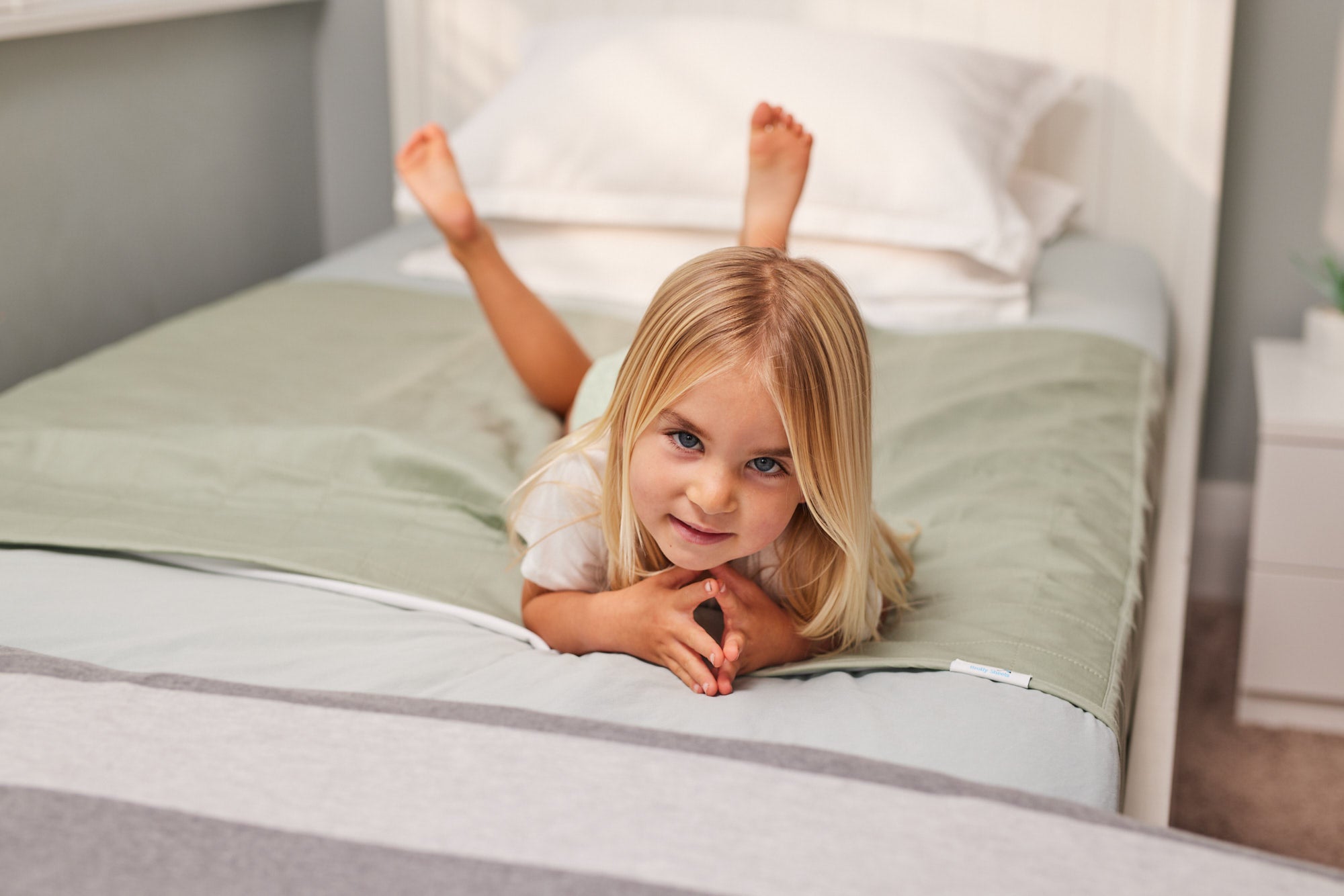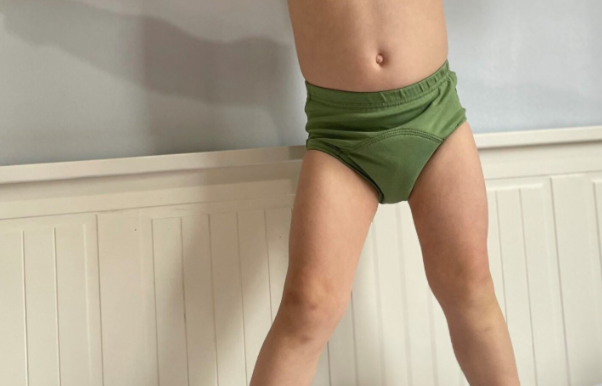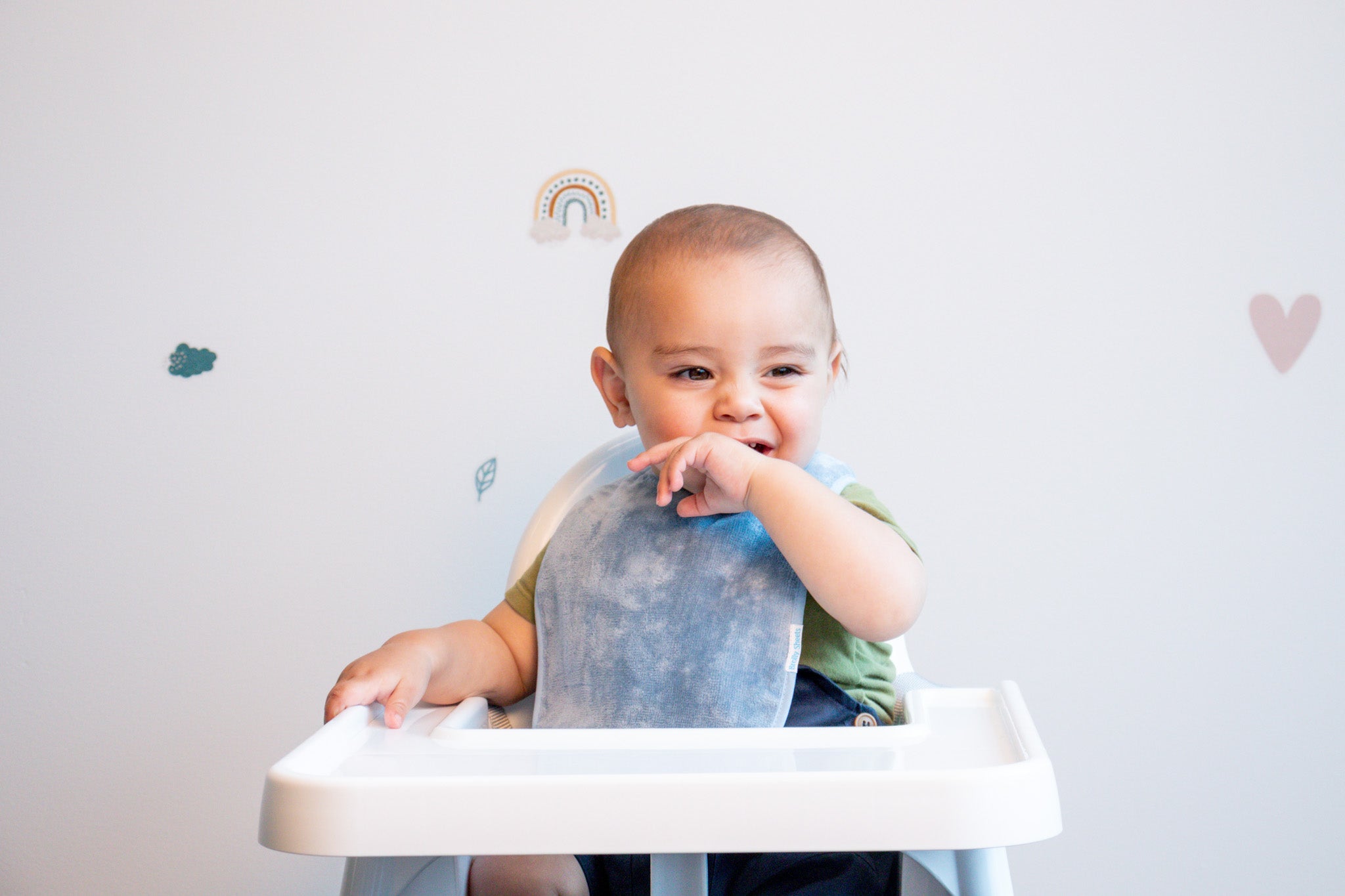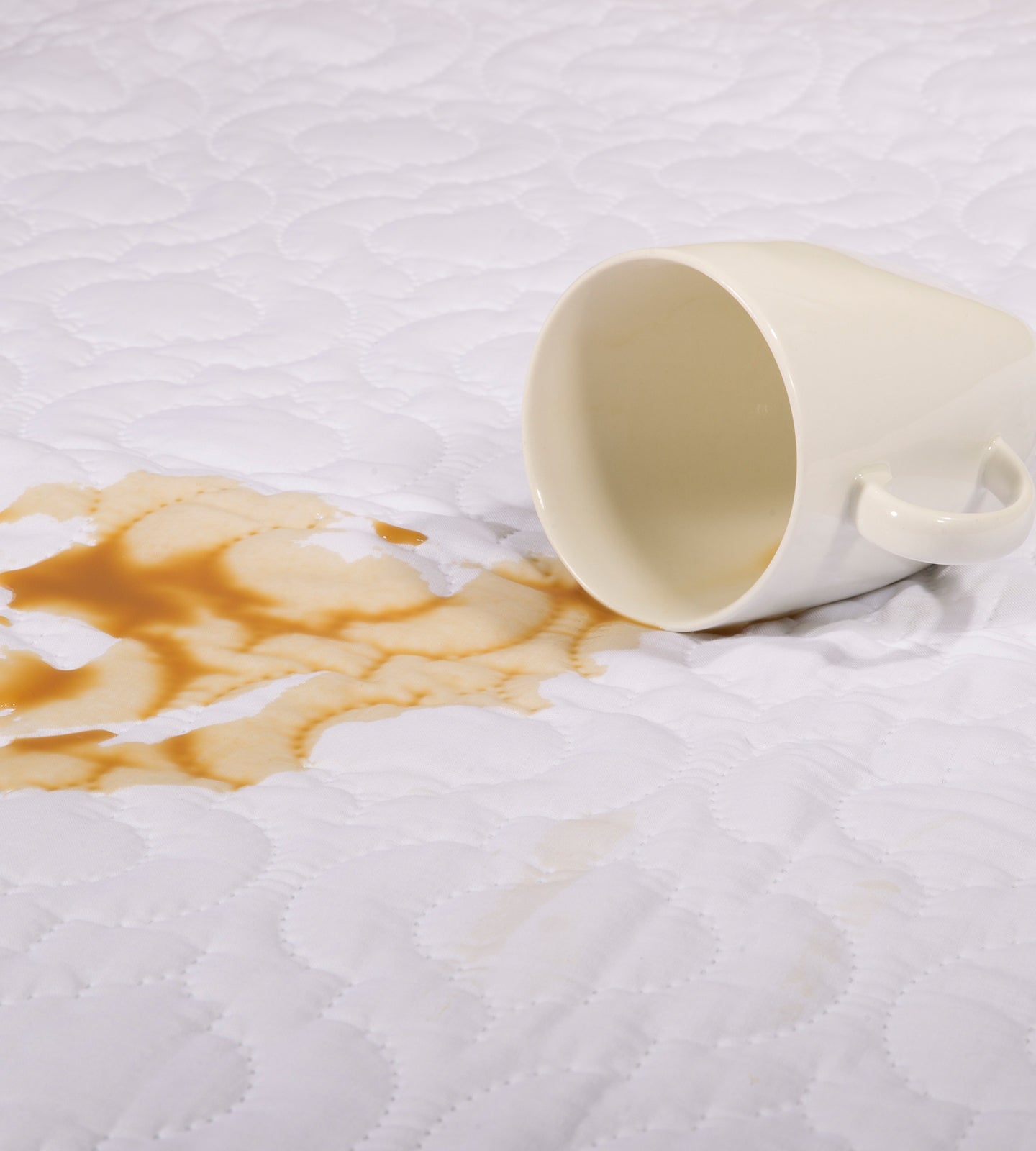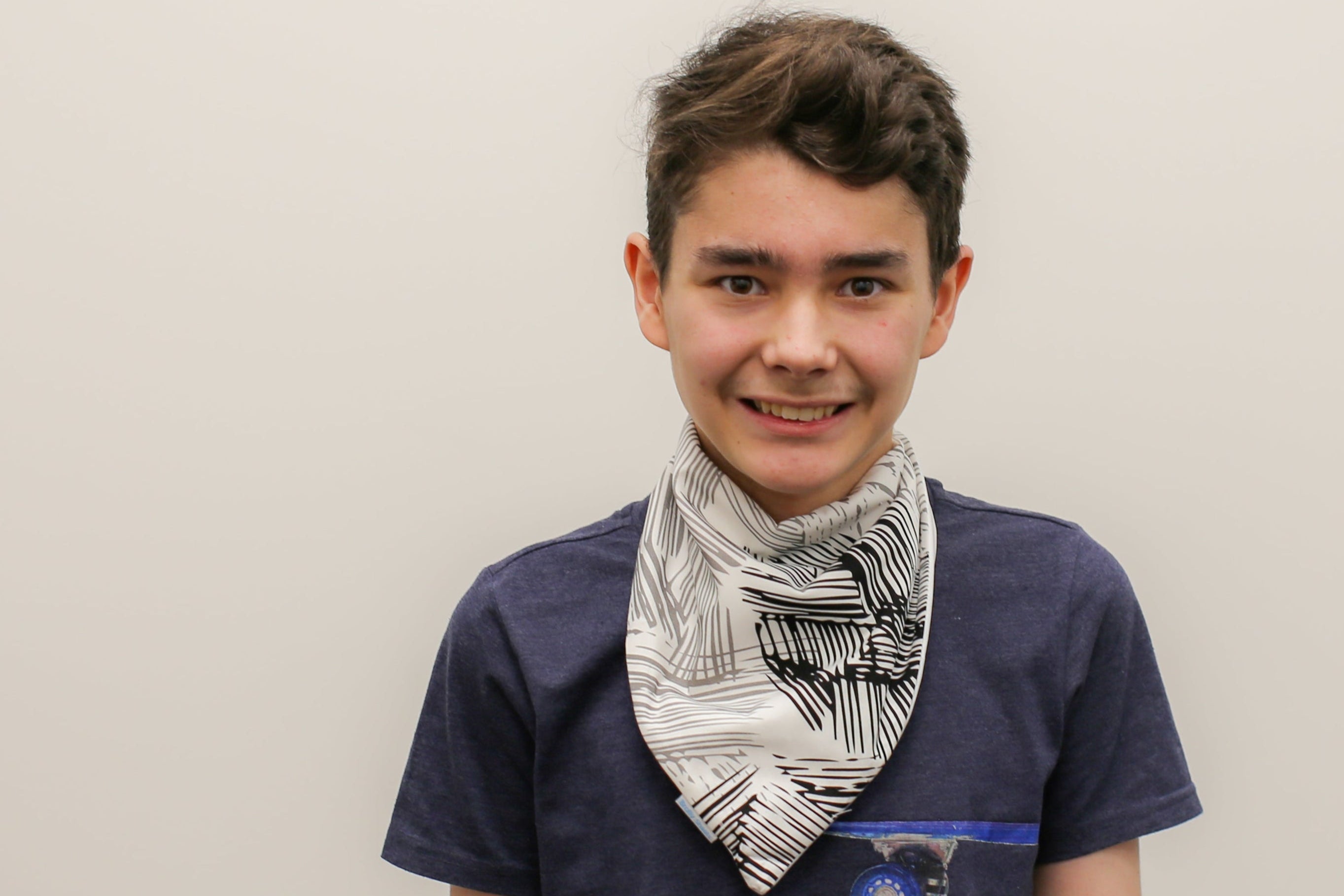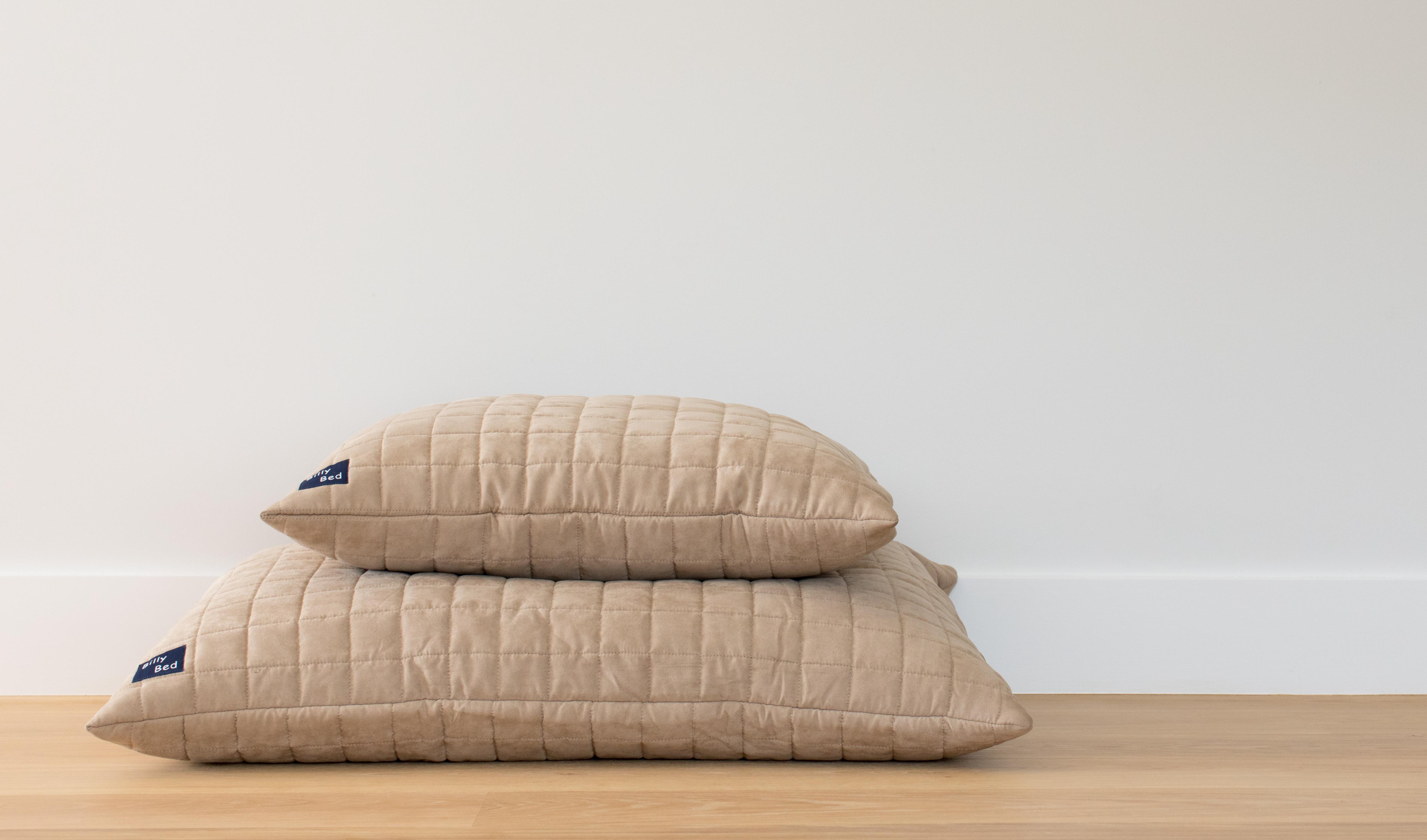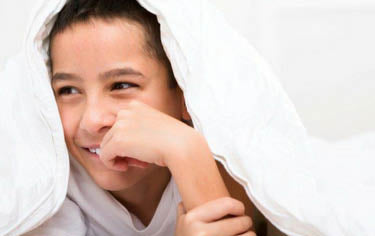
How Common is Bed Wetting- The Stats
Thousands of children in New Zealand wake in the morning to a wet bed and more than 100 000 Australian children will wet the bed tonight. It has been estimated that in the United Kingdom over half a million children between the ages of 5 and 16 years regularly wet the bed. It is a normal occurrence, which is prevalent all around the world. Your child is not the only one!
Bedwetting is extremely common in children under six and is considered a natural part of development and most children eventually grow out of it.
It is very easy for children to feel that they are the only ones with the problem, as it is not something that is easy to reveal and share with friends. Wetting the bed at night (nocturnal enuresis) is very common in young children. It affects approximately...
15% of 5 year olds
5% of 10 year olds
2% of 15 year olds
1% of adults
Bedwetting or enuresis is common, knowing the figures are useful to parents who are concerned that their child’s bedwetting may not be normal. You may want to reassure yourself first with some numbers before going into a panic that you are dealing with something more than just a natural part of childhood growth and development, try and bear the following in mind:
In a school class of 30; at the age of five there will be five or more children in the class who are still wetting the bed at least twice a week. At seven years, there will be about two in the class who still wet the bed at least twice a week. At 10 years old there will be one or two children and in the first year of secondary school there will be one child who still wets the bed. In Year 10 (15 year olds) there will be one in every two classes.
Bedwetting occurs slightly more in boys than girls and some children wet their pants during the day. Your child is likely to have 2 -3 other children in his or her class who also wet the bed.
Bedwetting is not considered to be a problem until children are about 7 years of age. It is a good time to start treatment or preventative procedures from this age onwards if your child is in agreement and is willing to participate. Remember, almost all children grow out of bedwetting.
About 1% of adults may still have occasional problems.
(Source: The Dry Night, Continence Foundation of Australia and www.continence.org.nz)
There are two types of bedwetting:
Primary enuresis is when children have never been dry for more than a few months at a time.
Secondary enuresis is when children have been completely dry for more than 6 months and then begins to wet the bed again.
The development of bladder control is a major milestone in childhood development and can take some time to acquire. Children do not wet their beds on purpose. They do not do it to spite you and for many of them it is extremely humiliating and embarrassing. As parents, putting systems in place and preparing yourself and the child, you can make enuresis as uncomplicated and as hassle free as possible.
Using mattress protectors and Brolly Sheets Bed Pads or absorbent pads can take the frustration out bedwetting and make “clean up” so much easier. This helps to ease the tension and anxiety that all the family may be dealing with, as a result of having a bed wetter in the home. So have a positive attitude and encourage your child with lots of praise and love and soon those statistics wont feel so daunting and life will be more manageable. Remember they do eventually grow out of it.
Bedwetting is extremely common in children under six and is considered a natural part of development and most children eventually grow out of it.
It is very easy for children to feel that they are the only ones with the problem, as it is not something that is easy to reveal and share with friends. Wetting the bed at night (nocturnal enuresis) is very common in young children. It affects approximately...
15% of 5 year olds
5% of 10 year olds
2% of 15 year olds
1% of adults
Bedwetting or enuresis is common, knowing the figures are useful to parents who are concerned that their child’s bedwetting may not be normal. You may want to reassure yourself first with some numbers before going into a panic that you are dealing with something more than just a natural part of childhood growth and development, try and bear the following in mind:
In a school class of 30; at the age of five there will be five or more children in the class who are still wetting the bed at least twice a week. At seven years, there will be about two in the class who still wet the bed at least twice a week. At 10 years old there will be one or two children and in the first year of secondary school there will be one child who still wets the bed. In Year 10 (15 year olds) there will be one in every two classes.
Bedwetting occurs slightly more in boys than girls and some children wet their pants during the day. Your child is likely to have 2 -3 other children in his or her class who also wet the bed.
Bedwetting is not considered to be a problem until children are about 7 years of age. It is a good time to start treatment or preventative procedures from this age onwards if your child is in agreement and is willing to participate. Remember, almost all children grow out of bedwetting.
About 1% of adults may still have occasional problems.
(Source: The Dry Night, Continence Foundation of Australia and www.continence.org.nz)
There are two types of bedwetting:
Primary enuresis is when children have never been dry for more than a few months at a time.
Secondary enuresis is when children have been completely dry for more than 6 months and then begins to wet the bed again.
The development of bladder control is a major milestone in childhood development and can take some time to acquire. Children do not wet their beds on purpose. They do not do it to spite you and for many of them it is extremely humiliating and embarrassing. As parents, putting systems in place and preparing yourself and the child, you can make enuresis as uncomplicated and as hassle free as possible.
Using mattress protectors and Brolly Sheets Bed Pads or absorbent pads can take the frustration out bedwetting and make “clean up” so much easier. This helps to ease the tension and anxiety that all the family may be dealing with, as a result of having a bed wetter in the home. So have a positive attitude and encourage your child with lots of praise and love and soon those statistics wont feel so daunting and life will be more manageable. Remember they do eventually grow out of it.

